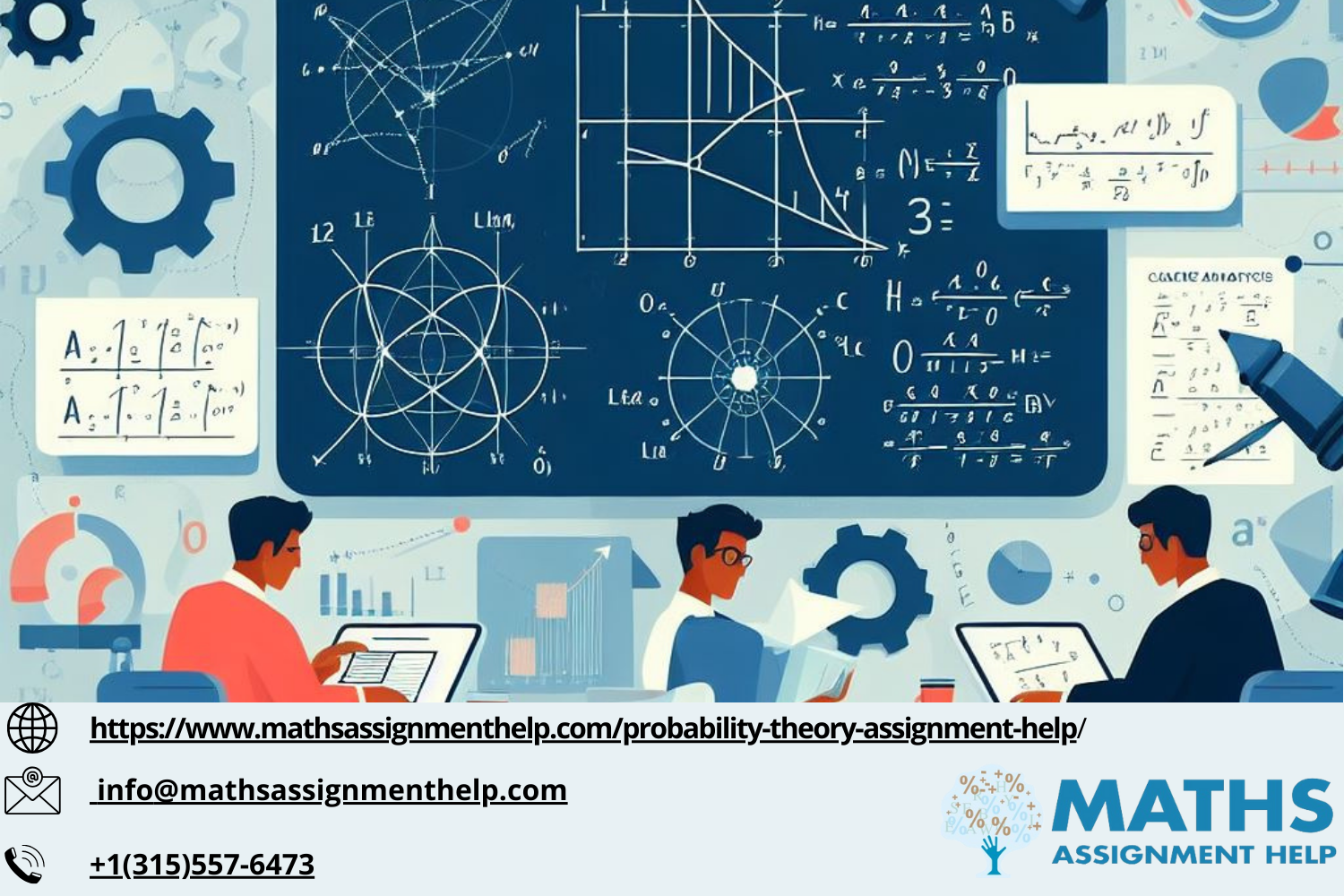Probability theory serves as a cornerstone in various fields, from statistics to economics, and even in everyday decision-making processes. At its essence, probability theory grapples with quantifying uncertainty, offering a framework to analyze random phenomena and make informed predictions. As a Probability Theory Assignment Helper, I often encounter complex questions that necessitate a deep understanding of the theoretical underpinnings of this subject. In this blog post, we will delve into a master-level question that encapsulates the essence of probability theory, followed by a detailed theoretical elucidation.
Question:
Consider a scenario where you toss two fair coins simultaneously. Define the sample space, event space, and calculate the probability of observing at least one head.
Answer:
Understanding the intricacies of sample space and event space is fundamental in probability theory. In this scenario, the sample space comprises all possible outcomes of tossing two coins simultaneously. Each coin can land either heads (H) or tails (T), yielding four possible outcomes: {HH, HT, TH, TT}. This set constitutes the sample space, denoted as Ω.
Now, let's define the event space. An event in probability theory refers to a subset of the sample space, representing a particular outcome or a combination of outcomes. In this case, the event of interest is observing at least one head. This event encompasses three outcomes: {HH, HT, TH}. Therefore, the event space, denoted as E, consists of these three outcomes.
To calculate the probability of observing at least one head, we employ the concept of probability measure. The probability of an event E, denoted as P(E), is defined as the ratio of the number of favorable outcomes to the total number of outcomes in the sample space. In this scenario, the probability of observing at least one head can be calculated as follows:
P(at least one head)=Total number of outcomes/Number of favorable outcomes
P(at least one head)=3/4
Thus, the probability of observing at least one head when tossing two fair coins simultaneously is 3/4.
This simple yet fundamental example illustrates the application of probability theory in analyzing random experiments. By delineating the sample space, event space, and employing the concept of probability measure, we can quantify the likelihood of various outcomes.
Probability theory transcends mere mathematical abstraction; it underpins decision-making processes in diverse domains, ranging from finance to healthcare. As a Probability Theory Assignment Helper, I am committed to elucidating these concepts and fostering a deeper understanding among students.
In conclusion, probability theory serves as a powerful tool for modeling uncertainty and making informed decisions. By grasping its theoretical foundations and mastering key concepts such as sample space, event space, and probability measures, students can navigate complex scenarios with confidence and precision. Whether analyzing coin tosses or predicting stock market trends, the principles of probability theory remain indispensable in the realm of mathematics and beyond.

